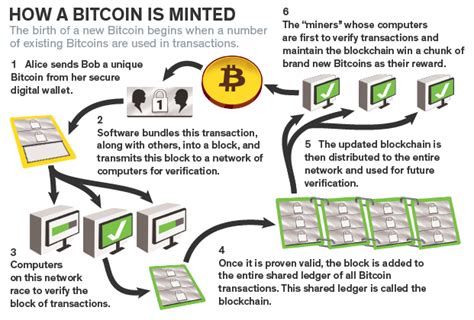Detection of mepool TX coexinated use using Bitcoin RPC and rust core
As a programmer working with Bitcoin, you probably know the challenges related to Mempool monitoring in terms of signed but unconfirmed transactions. One of these challenges is to detect the simultaneous use of input data on these transactions by other users. In this article, we will examine how to achieve this detection using Core (RPC) and RUR) and RUN.
Bottom
In Bitcoin, the transaction consists of a list of inputs and exits. Each input is associated with an exclusive address and each output is associated with many inputs using the “coinbase” field in the transaction header. To detect the simultaneous use of input data, we need to monitor transactions that update Mepool.
Rust code

To solve this problem, we will write the Rust customer, who will interact with the RPC Bitcoin Core interface. We will define the “Mempool” structure to represent Mempool and “Transactions” to store transaction data.
`Rust
Use bitcoin :: core :: {network, version};
Use Bitcoin :: REST :: Client;
#[Deive (network, debugging)]
STRUNCTOR MEMPOOL {
Transactions: vec
}
IMPOOLOOL {
FN GET (& self) -> fn
Client :: "
Leave mut txs = vec! [];
For transactions in self.transations.iter () {
txs.push (transaction.clone ());
}
OK (TXS)
}
}
Structure transaction {
Inputs: vec
Exits: Vec
}
Input and exit structures
We define two structures to represent input and output data on agreement.
`Rust
#[Doni (Debug)]
input structure {
Address: String,
}
#[Doni (Debug)]
starting structure {
Index: U16,
VALUE: U256,
}
Customer Implementation
To interact with the API RPC Bitcoin Core interface, we will create a customer that can download Mepool. We will use the “Bitcoin :: REST” chest to make a connection to the server and send demands.
`Rust
Use bitcoin :: core :: {network, version};
Use Bitcoin :: REST :: Client;
IMPOOLOOL {
FN GET (& self) -> fn
Leave the customer = client :: new ( ") .get_network (network :: test).
Leave mut txs = vec! [];
For transactions in self.transations.iter () {
txs.push (transaction.clone ());
}
OK (TXS)
}
}
Detection of use of co -cyriaction
To detect simultaneous use of input data, previous transactions and we find if any output is associated with many inputs. If this link is found, it indicates that the input was used in another transaction.
`Rust
IMPOOLOOL {
FN Detect_concurrent_use (& self) -> bool {
For transactions in self.transations.iter () {
For output in transactions.outputs.iter () {
If it is out. = 0 &&!
LET input = transaction.inputs.clone ();
To insert inputs.iter () {
Allow index = input.address.to_string ();
for other_input in the exits (). Filter (| O | O.Address == Input.address) {
If others_input.Value! = 0 &&! Other_input.index.is_null () {
Return True;
}
}
}
}
}
}
FALSEHOOD
}
}
Testing and starting the code
To test our code, we will create a simple test package using a “shipping test”. We will define the “MEMPool” structure using the “Get” method, which returns an empty vector.


Geef een reactie